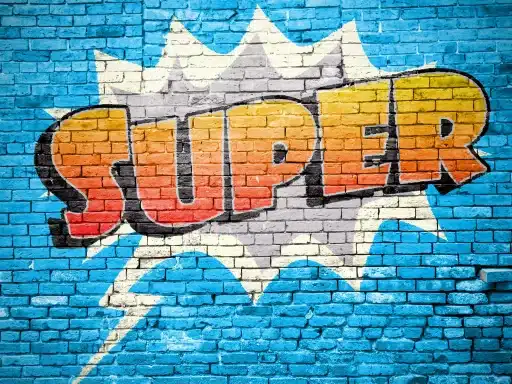Introduction to ‘Swole’
The term “swole” has become a popular slang expression, particularly among fitness enthusiasts and the younger crowd. It is derived from the word “swollen,” and is often used to describe someone who has well-defined muscles and appears physically strong. In recent years, the term has gained traction in online communities, social media, and everyday conversation. But what does it truly mean, and how has it evolved?
The Origins of ‘Swole’
“Swole” has its roots in the bodybuilding and fitness culture. Although the term likely dates back to the early 2000s, it gained significant popularity around 2014 with the rise of social media platforms where fitness influencers began using it frequently. The word encapsulates the desire for strength, muscle gain, and impressive physique.
Who Uses ‘Swole’?
This term is particularly popular among:
- Fitness enthusiasts who frequent gyms and engage in bodybuilding.
- Young adults and teenagers, especially those involved in social media platforms like Instagram and TikTok.
- Online gaming communities, where users might reference their fitness goals or achievements.
Examples of Usage
Here are a few examples illustrating how “swole” is commonly used:
- “I’ve been hitting the gym every day, and I’m finally starting to feel swole!”
- “Check out this before-and-after pic; I really got swole over the summer!”
- “After my powerlifting routine, I’m definitely feeling swole right now.”
Swole Culture: Influencers and Their Impact
The rise of social media has played a significant role in popularizing the term. Many fitness influencers utilize terms like “swole” to connect with their audiences and promote a muscular physique. Platforms like Instagram showcase transformations that often include the hashtag #swole, creating a culture that idolizes muscle gain and fitness.
One notable case study is the Instagram account of @mrbigshot (bodybuilder and influencer), which regularly features before-and-after transformations of muscles. Posts tagged with “#swole” have garnered hundreds of thousands of likes and comments, demonstrating the appeal and cultural significance of the term.
Statistics on Fitness Trends
According to the International Health, Racquet & Sportsclub Association (IHRSA), gym memberships in the United States have increased significantly, with almost 64 million Americans holding a gym membership in 2020—a 10% increase since 2019. This growth correlates with the increasing use of terms like “swole” due to the burgeoning popularity of bodybuilding and fitness aesthetic.
The Psychology Behind ‘Swole’
The desire to be “swole” goes beyond aesthetics; it ties closely with self-esteem and identity. For many individuals, achieving a swole physique is a personal goal that brings a sense of accomplishment and confidence. Research indicates that physical appearance can influence self-image, and the validation from others—especially in social media—is a driving force for many to pursue fitness.
Criticisms and Misconceptions
Despite its popularity, the term “swole” can sometimes foster unrealistic expectations regarding body image and fitness. Critics argue that the glorification of being swole may contribute to negative body image, body dysmorphia, and an obsession with physical appearance, especially in young and impressionable individuals.
- Some people may resort to unhealthy methods, such as excessive supplementation or extreme dieting, to achieve a swole look.
- There are also concerns about the pressure placed on individuals to conform to certain beauty standards perpetuated by social media.
Conclusion: The Evolving Nature of ‘Swole’
The term “swole” has traveled beyond the gym to become a cultural phenomenon that reflects contemporary values around fitness and body image. Whether used in jest among friends or a serious reflection of one’s fitness journey, it represents a certain pride in physical achievement and muscle growth. As language evolves, so too will the meanings of slang, allowing terms like “swole” to adapt to cultural shifts and trends.






